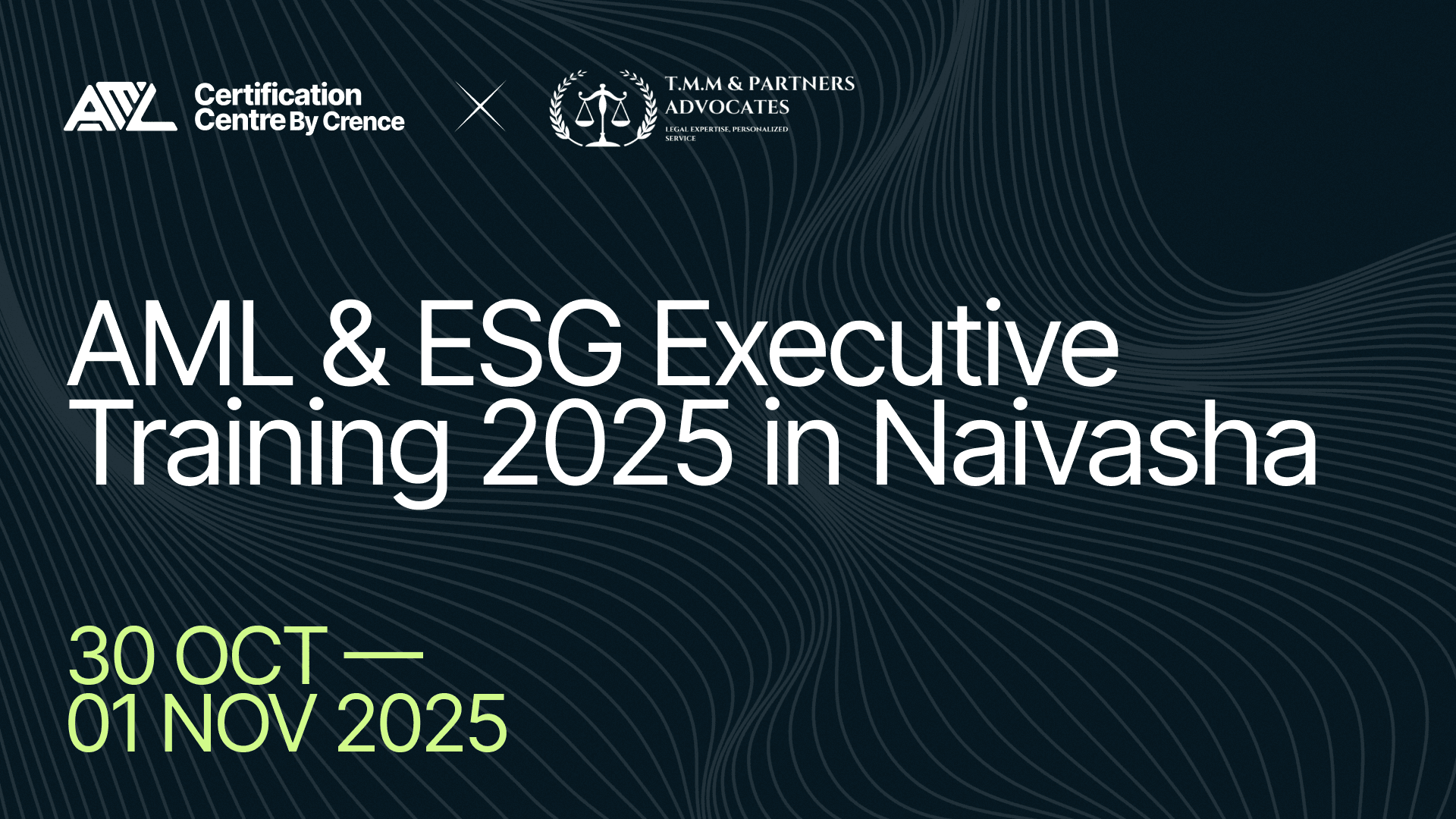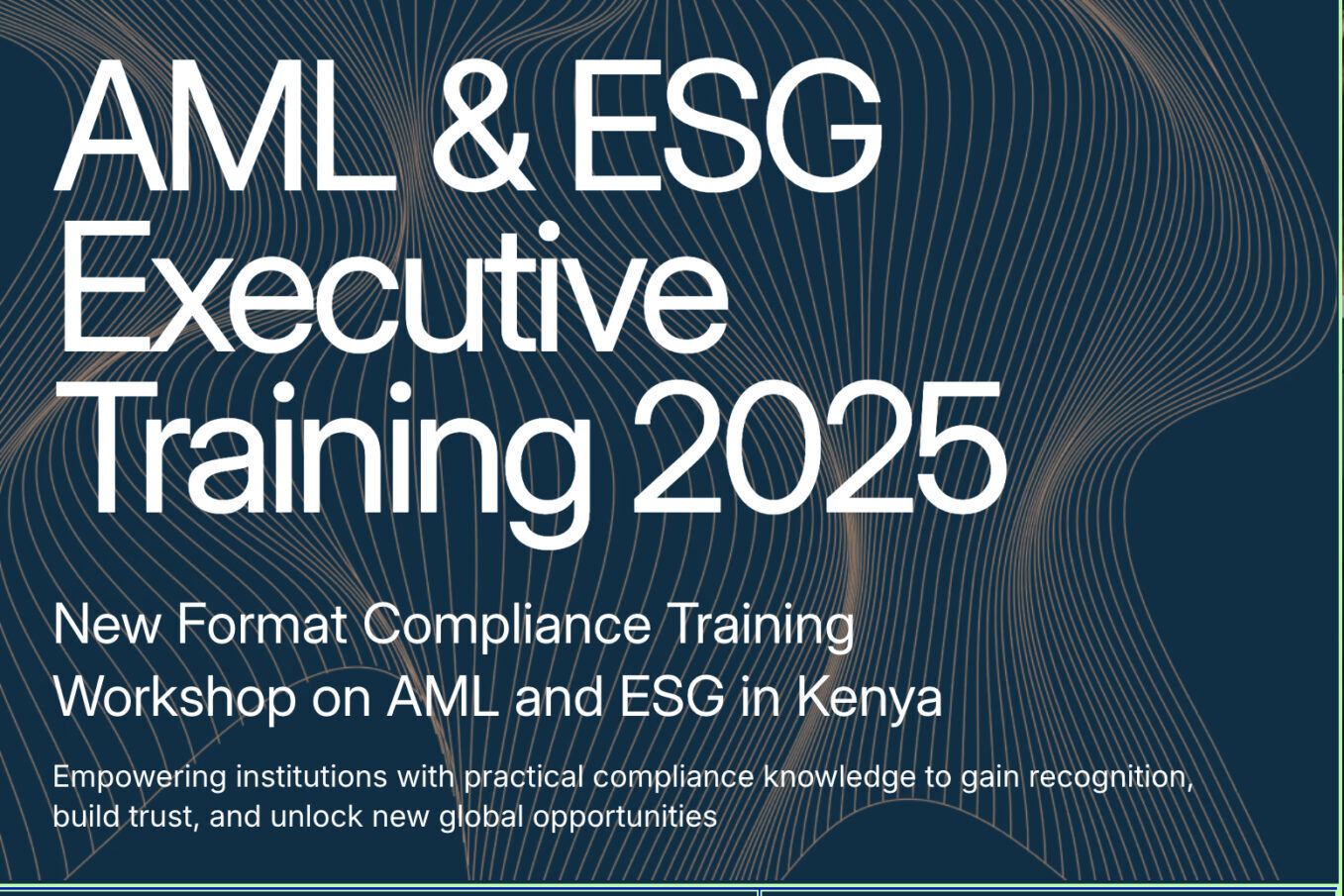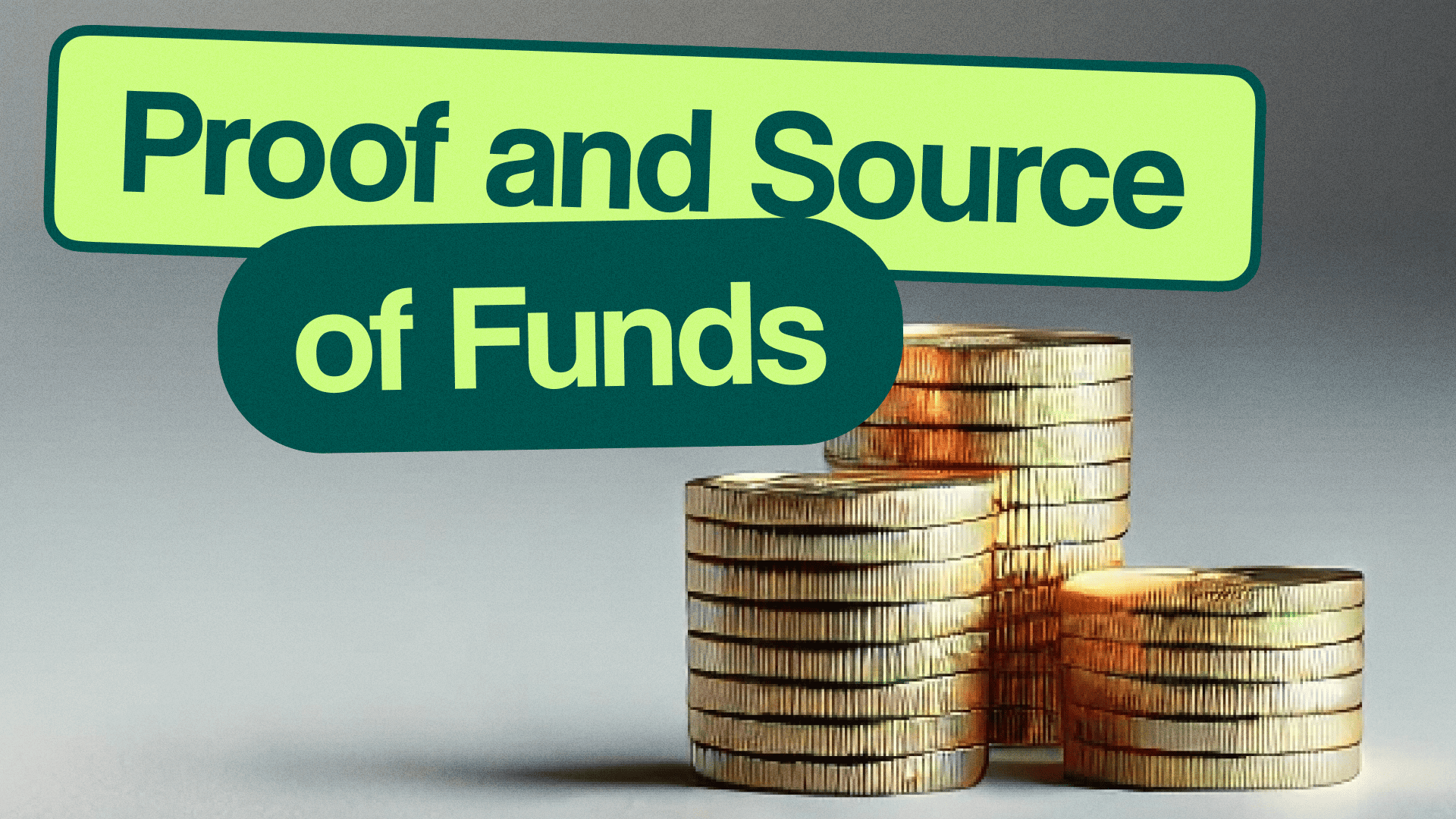The tightening of the rules against illicit enrichment and money laundering by regulators follows a high-profile investigation in 2016, better known as the Panama Papers. An international consortium of journalists presented the Mossack Fonseca & Co. documents, which revealed that many prominent politicians and businessmen used deficiencies in beneficial ownership transparency and engaged in anonymous activities to hide illicit funds in offshore corporations.
FATF has defined beneficial owner vs beneficiary (UBO) as – an individual or a group of individuals who dispose of or exercise control/management over a business on behalf of which business activity takes place.
Today, regulators require financial companies, currency exchanges, brokers, investment funds, etc., to comply with AML/KYC procedures and fully identify the UBO of their client companies in order to avoid illegal actions and realize full business transparency.
In Europe, UBO registers have been introduced as a part of clarifying and providing clarity on the ownership of the company’s assets, as well as identifying the ultimate controllers of all financial activities. The US has followed this practice and will soon implement a beneficial ownership accounting system.
What is Beneficial Ownership?
Beneficial ownership and legal ownership are differentiated because the beneficiary is the person who benefits from the ownership of assets and also exercises control over them. Legal ownership is when a person owns assets (shares, etc.) but does not necessarily benefit economically from them or can control them. Although in most cases, it is the same party.
According to the FATF Recommendations, there is a division into basic business information (name, legal address) and UBO information. Corporate registries include basic information, but in Europe, they already include beneficiary data (may require disclosure even with 5-10% ownership).
Globally, the percentage of beneficial ownership differs by region. According to AML4 (Fourth EU AML Directive), in Europe, the UBO status is granted to a person controlling 25% or more of the company’s shares, while in the US, the figure starts at 50%. In other regions, UBO status can be obtained by a person with 10% of the company and voting rights.
Even having the majority of shares but not having voting rights or the right to receive dividends, the beneficiary will not be classified as a UBO because he or she does not benefit from the ownership of such assets.
The definition of a UBO also differs. In the U.S., FinCEN (Treasury Department) considers key managers of a company to be beneficial owners because they exercise control over the business. In Europe, the AML Directives primarily require the identification of persons who own and have voting rights. General managers can only obtain UBO status if ownership cannot be determined.
Beneficial owner examples include:
- Trusts, foundations, hybrid structures. Trusts, for example, are where one party/founder transfers ownership of assets to a trustee, with management taking place on behalf of the beneficiary.
- Contractual arrangements – the issue of receiving benefits from the asset or management may occur without actual ownership.
- Intermediate Beneficial Owners (IBO), the company owns more than 25% of the assets and is intermediate between the main party and the UBO.
- Receiving the benefits of the property, to maintain anonymity of ownership the assets are managed through a trust.
- Securities – owners are entitled to benefit from their sale.
FATF recommendations establish that financial companies or other regulated entities need to identify and verify the beneficial owner. But the difficulty is that this is difficult to do if the structure is too complex, with offshore companies involved in the hierarchy.
Criteria for determining hidden or suspicious beneficial ownership:
- A complex corporate structure, within which there are companies registered in jurisdictions that do not comply with AML requirements. In this case, enhanced due diligence (EDD) is performed.
- Appointment of nominee shareholders or managers that do not directly identify the true owner of the assets. To identify the beneficiary, investigate the relationship between the company and the nominee agent, conduct KYC procedures of all parties, both the company and the nominee manager.
- Offshore accounts of either company. This structure makes it particularly difficult to identify the true owner. Transactions, especially offshore related ones, are monitored to determine involvement in the overall structure.
- Frequent changes in management or ownership of the company, indicating an attempt to hide the owner. Only a complete analysis and verification of all parties will help to identify the main link.
- Multi-million dollar transactions that are not related to the core business, industry or do not correspond to the size of the company, may indicate the concealment of the true owner. In this case, the transactions are analyzed to determine if they do not match the business activity.
- Politically Exposed Persons (PEPs). In their Recommendations, the FATF particularly emphasized the importance of screening PEPs because they may be linked to corruption and illicit enrichment. Ongoing monitoring and verification of PEP status will help avoid questions from regulators.
A comprehensive assessment of all risks requires continuous improvement of methodology by regulators and engagement with corporates to accurately understand and conduct KYC procedures.
Why Beneficial Ownership Matters in Compliance and Financial Crime Prevention
Disclosure of beneficial ownership information helps a company to pass AML/KYC checks, thereby proving the transparency of its activities, earning trust in the industry as business partners will have a clear understanding of the company’s business relationships and possible risks. In general, anonymity in beneficial owner meaning means a desire to hide important information, tax evasion or connection with illegal activities, corruption, desire to hide the source of income.
The financial industry strives in every possible way to protect itself from shadow funds, so it uses the following mechanisms:
Anti-Money Laundering (AML)
Passing AML with UBO disclosure is proof of legitimate actions of the company, absence of complex structure with the purpose of money laundering through shell companies. Complete data on ultimate beneficiaries gives assurance to business partners not to be involved in illegal activities and in future not to have problems with regulators during financial audit.
Regulators impose the same requirements for disclosure of the ultimate owner on various beneficial ownership examples. FATF also maintains a list of “black and gray” lists of companies that cause mistrust on the part of regulators. Inclusion in this list or in sanctions lists (OFAC, UN, HMT, EU) means a company’s reputation will be ruined and the company will face problems when interacting with banks and receiving their services.
Countering Terrorist Financing (CTF)
To inject shadow money into the financial environment and further finance illegal terrorist organizations, fraudsters create a multi-layered scheme. The registration of companies in multiple jurisdictions, where different methods of exchange and access to information are adopted, greatly confuses the path and connection to the final beneficiary.
In 2022, in an effort to make the beneficial owner and process more complete and credible, the FATF updated its Recommendation 24, in which it improved the requirements for full information and control of persons recognized as UBOs.
Regulatory Compliance
The EU has outlined requirements for disclosure of beneficial ownership meaning, compliance with global standards, and transparency in its Directives (AMLD) as follows:
- The 4th AMLD Directive obliges commonwealth countries that UBO companies and certain trusts be registered with the registry and public authorities.
- The 5th AMLD Directive specifies that competent authorities have access to registers and full information on owners.
- EU Anti-Money Laundering and Countering the Financing of Terrorism (AML/CFT) Regulations 2021
Despite all efforts, Italy, Hungary, and Lithuania have not yet established registers, and Finland, Greece, Romania, Finland, and Spain have not implemented the 5th Directive and made registers publicly available.
Other documents applicable in dealing with legal holdings include:
- US Corporate Transparency Act (CTA) 2021.
- FATF Recommendation 24 on transparency and beneficial ownership of legal persons.
- FATF Beneficial Ownership Practices for Legal Entities (2019) FATF.
- Global Coalition on Financial Crime Position Paper on Beneficial Ownership Transparency (2021) Global Coalition on Financial Crime.
Key Challenges in Identifying Beneficial Ownership
The lack of unified standards and approaches in the identification of beneficial owners leads to the fact that in some jurisdictions, it is possible to use anonymity, hide ownership data when building a corporate structure, and transfer the right of control without notifying banking structures. This may result in financial transactions of high-risk clients going undetected.
Regulators are quickly adapting to market challenges and regularly amend legislation to preserve the transparency of the financial environment.
Complex Corporate Structures
Multi-level corporate ownership structures with the inclusion of legal entities subject to the laws of offshore zones create enormous difficulties for regulators in identifying suspicious changes in the profile of a company or its activities. It is not easy to identify who is a beneficial owner in the documents, which helps fraudsters introduce shadow funds into the financial system under the pretext of legitimate practices.
Use of Shell Companies and Trusts
Characteristics of shell companies: registration in jurisdictions with weak regulatory requirements (no physical presence, no activities); multiple ownership structures; layering of transactions.
Often, shell companies or trusts exist in the form of legal entities registered in zones where incomplete disclosure of business information is allowed.
The main purpose of such corporations is to conceal sources of illegal income data on beneficial owners and to confuse authorities in tracking business activity.
Cross-Border Issues
The main problem for determining in different countries what is a beneficial owner is that there are no uniform standards of beneficial ownership and no identification requirements. More than 60 countries have significant deficiencies in oversight, data collection, and updating of final controllers of the business. Restructurings, acquisitions, and changes in subsidiaries create challenges for multinational companies and UBO record keeping. Also, there is no definition of the timeframe for filing changes, for example, in the UAE, it is required to submit documents to regulators within 15 days, and in the U.S. – 30 days.
Data Privacy and Protection Laws
The publication of personal data in the registry of owners may jeopardize their right to data protection and hurt the company (phishing attacks, fraudulent use of personal data, etc.).
To achieve a balance between privacy and disclosure of proprietor data, it is important to apply the GDPR principles of Directive 95/46/EC:
- data must be collected within the necessary minimum;
- the data is collected for a specific legitimate purpose, such as in banking or brokerage activities;
- further use is subject to the subject’s consent.
Approaches to Overcoming Beneficial Ownership Challenges
When solving financial crimes, there are often difficulties in how to identify beneficial ownership. The complex weave of global financial transactions, convoluted ownership schemes, and ambiguous international rules and standards make it even more difficult for regulators to ensure global financial security and economic justice. Standard methods of identifying dark spots may fail, allowing fraudsters to continue to operate unimpeded.
As a result, regulators are continually improving the methods, regulations, and techniques they use to detect and detect convoluted UBO schemes:
Leveraging Technology
Artificial Intelligence (AI) with its superfast processing of large data sets from a variety of sources like registries, databases, text documents, news, emails, etc. This mechanism can unravel any multi-level navigation in the structure of the ultimate beneficial owner.
Innovative technologies can reveal seemingly inconspicuous patterns that can reveal the true owner. AI speeds up the labor-intensive process, eliminates the possibility of human error, adapts and continuously learns, identifies anomalies, and predicts potential future behavior and possible risks.
Enhanced Due Diligence
Enhanced Due Diligence (EDD) is used as one of the elements of KYC and exists to conduct a full-fledged review of all business relationships and financial transactions. EDD is most commonly used to analyze PEP-related transactions, deal with a new client, conduct a high-risk transaction, or do business with high-risk corporations (casinos).
Determining a UBO under EDD is a very labor-intensive process, requiring a significant amount of time and the hiring of qualified staff because of the use of convoluted schemes with partnership agreements, offshore accounts, and registration to virtual addresses.
Collaboration with Regulatory Authorities
The assessment and tracking of suspicious transactions requires joint global work of financial intelligence units, regulators, law enforcement agencies, and central banks.
According to FATF Recommendations 37, 40, and 23, the competent authorities may request access to company registry information on shareholders and their powers abroad to determine the transparency of activities to establish beneficial ownership.
Global Databases and Registries
An EU Directive (AMLD5) requires all eurozone members to maintain registries that include information on ultimate beneficial owners.
The British Virgin Islands (BVI) has a Beneficial Ownership Safe Search System (BOSS) platform through which it exchanges information with the UK and law enforcement agencies. The UK has also made it mandatory for all of its overseas territories to have public company registers.
In the U.S., from January 1, 2024, based on the Corporate Transparency Act (CTA), everyone is required to file a report with the U.S. Department of the Treasury (FinCEN), which will indicate who owns and controls the company (there is no public access to the data).
Registries are a good tool, but the problem is that different jurisdictions have different rules for determining beneficial ownership, which reduces the effectiveness of cross-border investigations and the detection of sanctions transactions.
Legal and Regulatory Landscape Surrounding Beneficial Ownership
At the global level, the FATF Recommendations are fundamental in determining beneficial ownership and transparency of business operations, implementing AML/KYC procedures, and combating illegal income.
Many countries have also tightened controls and introduced their ownership disclosure requirements:
- U.S. – Corporate Transparency Act (CTA) which mandates that the Treasury Department inform FinCEN of beneficial owners.
- EU:
The 4th AMLD Directive obliges commonwealth countries that UBO companies and certain trusts be registered with the registry public authorities.
The 5th AMLD Directive specifies that competent authorities should have access to full ownership information.
The European Union’s Corporate Sustainability Due Diligence Directive (CSDD) requires disclosure of owners and conducting responsible business activities.
- United Kingdom – Economic Crime Compliance Crime Act (ECCTA), companies with real estate in the United Kingdom file all data with the UK Registration Office.
- Canada – Canadian Business Corporations Act (CBCA), corporations must comply with and transfer information on ultimate owners to government agencies.
- United Arab Emirates – Cabinet Resolution No. 58 of 2020, information on the beneficial owner or any changes is provided to the Ministry of Economy.
- Singapore – from 2020, companies maintain a list of owners and submit information to the central registry of ACRA.
- South Africa – the Trustee Control Act 1988 and the Companies Act 2008 ensure transparency of beneficial ownership of trusts corporations.
The Future of Beneficial Ownership Compliance
In the future, we should expect improvements in UBO practices, greater emphasis on transparency in operations, increased regulation, and the application of:
- Innovative technologies to automate UBO identification.
- Automated tracking of changes to UBOs or abnormal behavior.
- Integration of UBOs into AML programs.
All these measures will be aimed at minimizing fraudulent influence, protecting the company from involvement in criminal schemes, and reducing risks and legal debates.
Summary
Understanding who a UBO is becomes key to meeting all international AML/KYC standards from FATF, EU Directives, and other regulations, as well as serving as a protection for businesses from risks associated with illicit enrichment, corruption, and loss of reputation.
Understanding who controls or benefits from a company helps business partners and authorities to make more informed decisions while creating a more ethical business environment.








